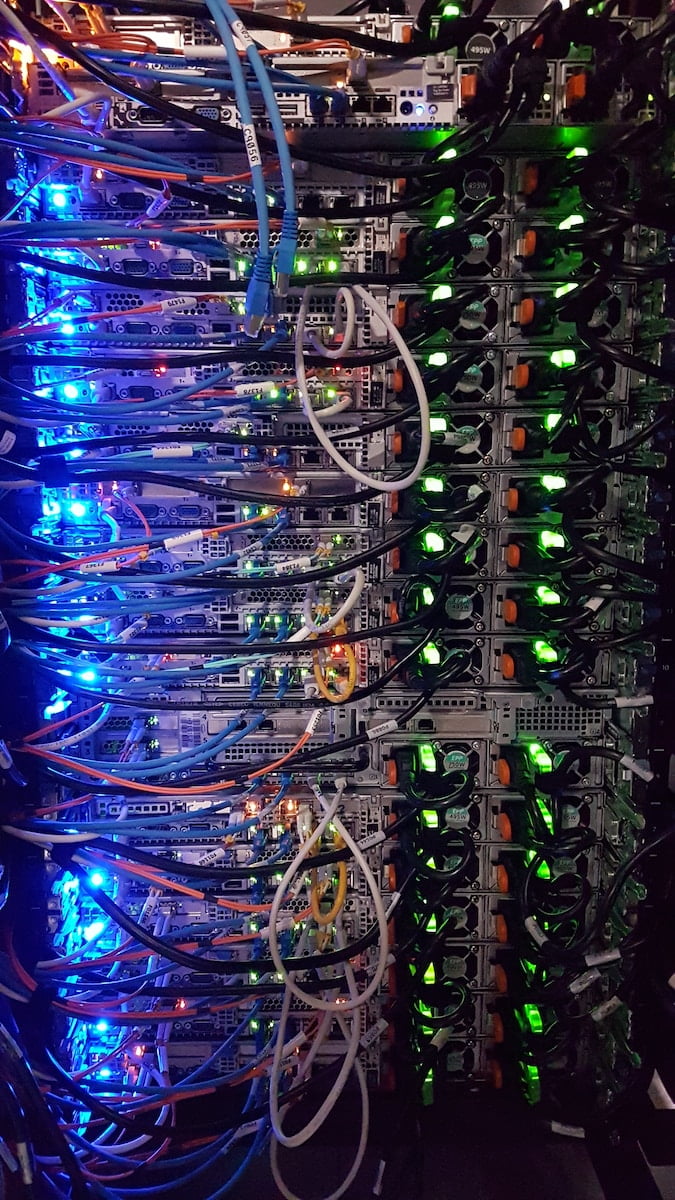Optimizing Monitor Performance: Understanding Hz and Cable Choices
2023-12-12 | by reerr.com

The smoothness and clarity of a monitor’s display are significantly influenced by two key factors: the refresh rate, measured in Hertz (Hz), and the type of cable used for connection, namely HDMI or DisplayPort. Understanding how these elements interact is crucial for optimizing your monitor’s performance, whether for gaming, professional use, or general multimedia enjoyment.
Understanding Monitor Refresh Rates (Hz)
Hertz (Hz) in monitors refers to the number of times the screen refreshes its image per second. Higher refresh rates result in smoother motion and are particularly beneficial in scenarios like fast-paced gaming or high-definition video playback. Common refresh rates include 60Hz, 120Hz, 144Hz, and up to 240Hz.
Understanding HDMI and DisplayPort Capabilities
- HDMI: HDMI has evolved through various versions. For instance, HDMI 1.4 supports up to 30Hz at 4K resolution, whereas HDMI 2.0 can support 60Hz at 4K and HDMI 2.1 goes up to 120Hz or more at 4K. The version of HDMI cable and port on your device determines the maximum refresh rate supported.
- DisplayPort: DisplayPort 1.2 supports up to 240Hz at 1080p, 144Hz at 1440p, and 60Hz at 4K. The newer DisplayPort 1.4 can handle up to 240Hz at 1440p and 120Hz at 4K.
The Role of HDMI and DisplayPort Cables in Supporting Hz
- HDMI Capabilities: HDMI versions vary in their support for refresh rates. For example, HDMI 1.4 supports up to 30Hz at 4K, HDMI 2.0 up to 60Hz at 4K, and HDMI 2.1 can exceed 120Hz at 4K.
- DisplayPort Capabilities: DisplayPort 1.2 supports up to 240Hz at 1080p and 60Hz at 4K, while DisplayPort 1.4 increases support to 120Hz at 4K.
Matching Cables with Monitor Refresh Rates
To fully utilize your monitor’s refresh rate, it’s essential to match it with the appropriate cable version. A 144Hz monitor, for example, would require at least HDMI 2.0 or DisplayPort 1.2.
Applications in Gaming and Professional Settings
- Gaming: For an immersive gaming experience, high refresh rates and compatible cables are key. DisplayPort is often the preferred choice for high-end gaming due to its higher refresh rate capabilities at higher resolutions.
- Professional Use: In professions requiring color accuracy and detailed graphics, such as video editing or 3D modeling, the higher bandwidth of DisplayPort is advantageous.
Choosing the Right Cable for Your Monitor
- Consider cable length, as longer cables may not support the highest refresh rates.
- Ensure both the source device and monitor have compatible HDMI or DisplayPort ports.
- Investing in cables that support higher refresh rates and resolutions than currently needed can be beneficial for future upgrades.
Conclusion
The interplay between a monitor’s refresh rate (Hz) and the choice of connection cable (HDMI or DisplayPort) is pivotal in determining the overall display performance. Whether for gaming, professional use, or daily computing, understanding and matching these components can greatly enhance your visual experience.
RELATED POSTS
View all


